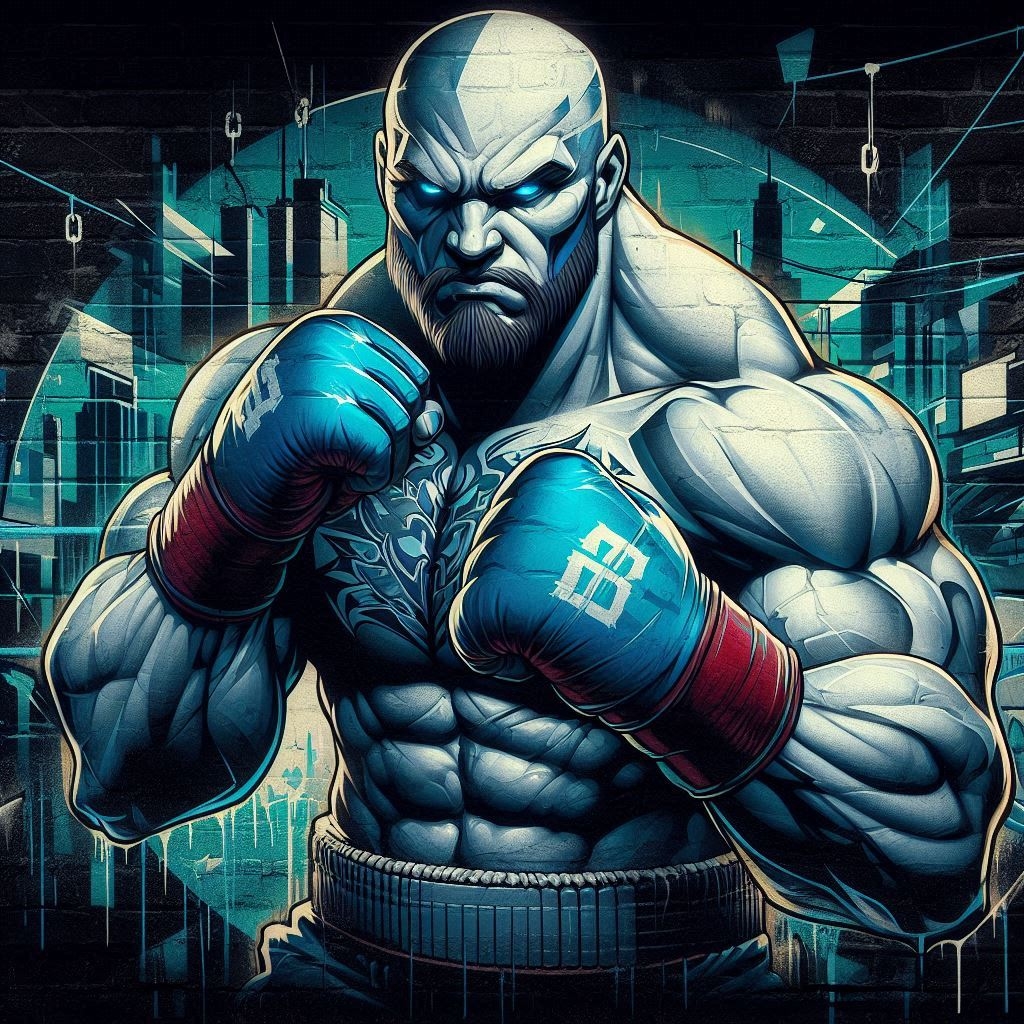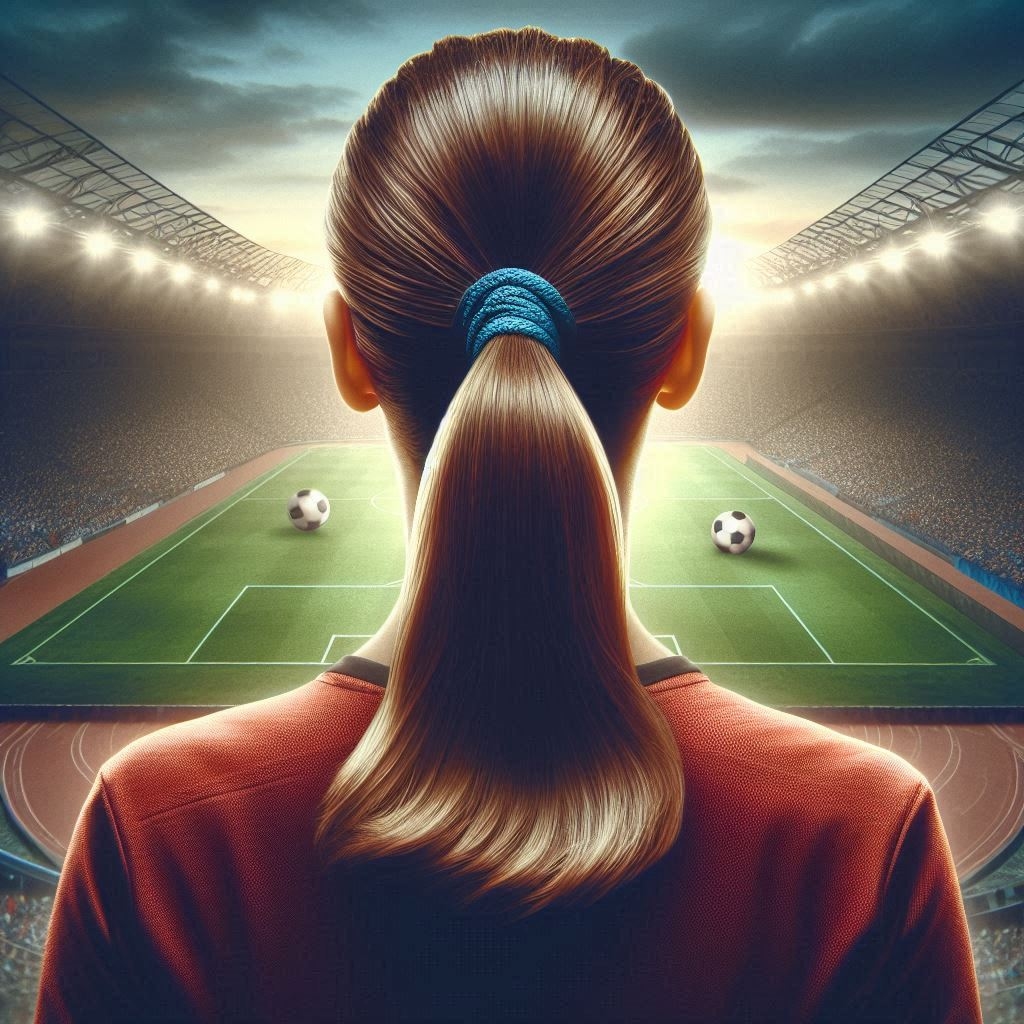An Unnoticed Legend In Wheelchair Tennis & Tennis Diede de Groot
————————————-
Diede de Groot
In the world of tennis, there are names that echo through the ages, names that have become synonymous with the sport itself. But there’s one name that, despite its monumental achievements, often goes unnoticed: Diede de Groot.
Born on December 19, 1996, in Woerden, Netherlands, Diede de Groot is a professional wheelchair tennis player who has dominated the sport like no other. She is the current world No. 1 in both singles and doubles. With a career record of 405–67 in singles and 238–60 in doubles, her performance is nothing short of extraordinary.
The question is how far can Diede de Groot & will she be the Greatest Tennis Player Ever. Is She The Greatest Player Ever Right Now? I believe Diede de Groot is the greatest player ever & one of the greatest sportspeople ever. Her achievements are beyond extraordinary
Disclaimer: The content provided here is for informational purposes only. We have no affiliation or connection with Dylan Alcott or Diede de Groot.
A Glance at Her Achievements
De Groot is a Legend as her stats say it all. A 42-time major champion, having won a record 23 titles in singles and 19 in doubles. She has won the Australian Open six times, the French Open five times, Wimbledon five times, and the US Open six times in singles. In doubles, she has won the Australian Open four times, the French Open five times, Wimbledon three times, and the US Open five times.
Her winning streak in singles extended to an impressive 145 matches, from February 2021 to May 2024. During this period, she achieved something amazing, the first calendar-year Super Slam in tennis history by winning all four major titles, the Paralympic gold medal, and the Wheelchair Tennis Masters title in women’s singles in 2021. This is a remarkable achievement. The following year was even more amazing as she became the first player in any discipline of tennis to defend the Grand Slam and win all four majors in two consecutive years. She the did so again in 2023. This is legendary
Wheelchair Tennis vs Mainstream Tennis
The question arises, are the Grand Slams in her competition worth less than the main Grand Slam competitions? The answer is a resounding no. The level of competition, the skill required, and the physical and mental endurance needed are no less in wheelchair tennis than in mainstream tennis.
Wheelchair tennis has been a part of the Grand Slam events since the introduction of the NEC Tour in 1992. By the year 2019 Tennis had to change for the better, all four Grand Slams also had to add quad competition. The sport has grown in popularity and recognition over the years, and the achievements of players like Diede de Groot have played a significant role in this growth.

The Distinction Between Champions Like Diede de Groot, Dylan Alcott and Other Tennis Players
Tennis, as a sport, often brings to mind the names of mainstream tennis players. However, champions like Diede de Groot and Dylan Alcott have etched their names in the annals of tennis history, showcasing exceptional skill and resilience in the face of unique challenges.
Wheelchair Tennis
Wheelchair tennis, where de Groot and Alcott have achieved their legendary status, is a form of tennis adapted for those who have impairments in their lower body. The size of courts, balls, and rackets are the same as in mainstream tennis, but there are two major differences: athletes use specially designed wheelchairs, and the ball may bounce up to two times. This second bounce can be either inside or outside the court boundaries.
The Champions
Diede de Groot and Dylan Alcott are not just players as they are trailblazers who have pushed the boundaries of what is possible in wheelchair tennis. Their achievements are not just a testament to their individual skills, but also a reflection of their perseverance, determination, and the ability to overcome adversity.
De Groot, from the Netherlands, is a dominant force in women’s wheelchair tennis, with numerous Grand Slam titles to her name. Similarly, Australia’s Dylan Alcott is a multiple Grand Slam winner in quad wheelchair tennis, a category for players who have an impairment that affects their playing arm and legs.
Comparing with Mainstream Tennis Players
While mainstream tennis players certainly face their own set of challenges and pressures, wheelchair tennis players like de Groot and Alcott contend with additional physical and logistical challenges. The skill, strength, and coordination required to maneuver a wheelchair while also focusing on the game are immense.
Despite these challenges, de Groot and Alcott have achieved a level of mastery in their sport that rivals, and in some ways surpasses, that of many mainstream tennis players. Their victories are a result of not just their athletic prowess, but also their unyielding spirit and determination to excel despite the odds.
The mainstream circuit might get more attention, champions like Diede de Groot and Dylan Alcott have shown that wheelchair tennis is just as competitive, exciting, and deserving of recognition. Their accomplishments serve as a powerful reminder that greatness can be achieved in many ways and in many forms.
The Media Coverage Gap
—————————————–
Wheelchair Tennis vs Mainstream Tennis
When it comes to media coverage, there is a noticeable disparity between wheelchair tennis and mainstream tennis. Despite the high level of skill, determination, and competitive spirit displayed by athletes like Diede de Groot and Dylan Alcott, their matches often do not receive the same amount of airtime as those of mainstream tennis players.
Factors Contributing to the Disparity
Several factors contribute to this disparity in media coverage. One of the primary reasons is the lack of awareness and understanding of wheelchair tennis among the general public. Many people are unfamiliar with the sport, its rules, and its athletes. This lack of familiarity can lead to less interest in the sport, which in turn can lead to less media coverage.
Another factor is the perception of wheelchair tennis. Despite the athletes training just as hard and similarly to their able-bodied counterparts, wheelchair tennis is often not deemed as newsworthy. This perception can influence the decisions made in newsrooms about which sports to cover and which athletes to highlight.
The Impact of the Disparity
The lack of media coverage for wheelchair tennis has several impacts. For the athletes, it means less recognition for their achievements and less support for their careers. For the sport, it means less exposure, which can limit its growth and development.
For the audience, it means missing out on the opportunity to witness some truly remarkable athletic performances. Athletes like Diede de Groot and Dylan Alcott have shown time and time again that wheelchair tennis can be just as exciting, competitive, and inspiring as mainstream tennis.
Moving Forward
While the disparity in media coverage is a significant challenge, it is not insurmountable. Increasing the visibility of wheelchair tennis requires a concerted effort from all stakeholders, including media organizations, sports governing bodies, and fans. By showcasing the achievements of athletes like Diede de Groot and Dylan Alcott, we can help to shift perceptions, increase interest in the sport, and ensure that these athletes receive the recognition they deserve.
Conclusion
Diede de Groot’s accomplishments are a testament to her skill, determination, and resilience. Her success in the face of adversity serves as an inspiration to many, both within and outside the world of tennis. She is indeed a legend in her own right, and her contributions to the sport of wheelchair tennis are immeasurable.
While her name & other like Dylan Alcott may not be as widely recognized as some of the mainstream tennis players, her achievements are no less significant. It’s time we celebrate and acknowledge the legends of all forms of the sport, and Diede de Groot certainly deserves to be among them.
Join the Discussion
We invite you to join the discussion on this important topic. Here are some questions to consider:
Awareness – How familiar were you with wheelchair tennis and the achievements of athletes like Diede de Groot and Dylan Alcott before reading this post?
Perception – How do you perceive the skill level and competitiveness of wheelchair tennis compared to mainstream tennis?
Media Coverage – What are your thoughts on the disparity in media coverage between wheelchair tennis and mainstream tennis?
Solutions – What steps can media organizations, sports governing bodies, and fans take to increase the visibility of wheelchair tennis and ensure that athletes receive the recognition they deserve?
Impact – How do you think increased media coverage would impact the sport of wheelchair tennis and its athletes?
Your thoughts and opinions matter. By sharing them, you can help to increase awareness and understanding of wheelchair tennis, and contribute to a more inclusive and equitable sports culture.
#DiededeGroot #DylanAlcott #WheelchairTennis #TennisChampions #GrandSlam #Paralympics #SportsEquality #MediaCoverage #InclusiveSports #TennisLegends #UnnoticedLegends #TennisWorld #TennisLife #TennisLove #GameSetMatch #TennisTime #TennisNews #TennisPlayer #TennisDay #TennisMatch #TennisFan #LoveTennis #TennisIsLife #TennisCourt #TennisPro #TennisTraining #TennisGame #TennisClub #TennisLover #TennisAddict





Hi, Neat post. There’s an issue together with your web site in internet explorer, may test this·IE still is the marketplace chief and a good component of people will pass over your fantastic writing due to this problem.